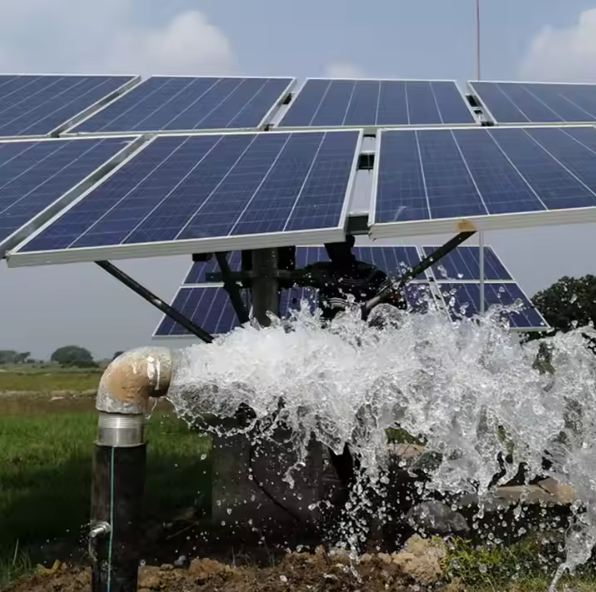Why is it advantageous to use solar water pumps over traditional water pumps on remote ranches?
by
Why is it advantageous to use solar water pumps over traditional water pumps on remote ranches?
Ranchers in remote areas face constant struggles with water access—high fuel costs, maintenance headaches, and unreliable power sources make traditional pumps a burden.
Solar water pumps are advantageous for remote ranches because they eliminate fuel costs, require minimal maintenance, and operate reliably off-grid, providing sustainable water access with zero emissions.
Switching to solar isn’t just about going green—it’s a practical solution to long-standing ranch water problems. Let’s explore how solar pumps outperform traditional systems and transform livestock management.
How solar water pumps can help ranches solve livestock watering problems?
Ever watched cattle suffer because a diesel pump ran dry or a power outage left troughs empty? Solar pumps offer a lifeline.
Solar water pumps ensure consistent livestock watering by operating independently of grid power or fuel supply, using renewable energy to deliver water even in the most isolated pastures.
Critical Benefits for Livestock Health
- Uninterrupted Water Supply: Solar pumps paired with storage tanks provide water 24/7, preventing dehydration stress during extreme weather.
- Remote Monitoring: Modern systems include sensors to alert ranchers about water levels or pump issues via smartphone.
| Traditional Pump Challenge | Solar Pump Solution |
|---|---|
| Fuel dependence (diesel/electricity) | Sun-powered, no fuel costs |
| Frequent mechanical failures | Fewer moving parts, low maintenance |
| Limited to grid-connected areas | Operates anywhere with sunlight |
Deep Dive: Ranchers in Texas using solar pumps report a 60% reduction in water-related livestock losses. Systems like the Lorentz PSk2 can lift water from 650-foot wells, ideal for drought-prone regions.
What type of water sources are solar water pumps suitable for? For example, deep wells, ponds or rivers?
Worried your water source is too deep or erratic for solar? Solar pumps adapt effortlessly.
Solar water pumps work with diverse water sources—deep wells (up to 1,000 ft), ponds, rivers, and even seasonal streams—using adjustable pressure settings and storage tanks to ensure steady supply.
Matching Pumps to Water Sources
- Deep Wells: Submersible solar pumps (e.g., RPS 400) handle depths with high-lift capabilities.
- Surface Water: Floating pumps with filters prevent debris clogs in ponds/rivers.
Pro Tip: Pair a slow-flow solar pump with a 5,000-gallon storage tank for dry spells.
How many animals can a solar water pump system supply water to at the same time?
One solar pump can hydrate an entire herd—if sized correctly.
A single solar water pump system (e.g., 3HP model) can supply 100+ cattle daily, delivering 5–10 gallons per minute to multiple troughs via distribution lines.
Sizing Guidelines
| Herd Size | Pump Capacity | Storage Needed |
|---|---|---|
| 50 cattle | 1.5HP (3 GPM) | 2,500 gallons |
| 200 cattle | 3HP (8 GPM) | 10,000 gallons |
Key Insight: Ranchers in Montana use split systems—one pump feeds two troughs 1/4 mile apart, cutting infrastructure costs.
Conclusion
Solar water pumps slash costs, boost reliability, and simplify remote ranch watering—making them the clear winner over traditional pumps.
Popular Posts
You may also be interested in:




